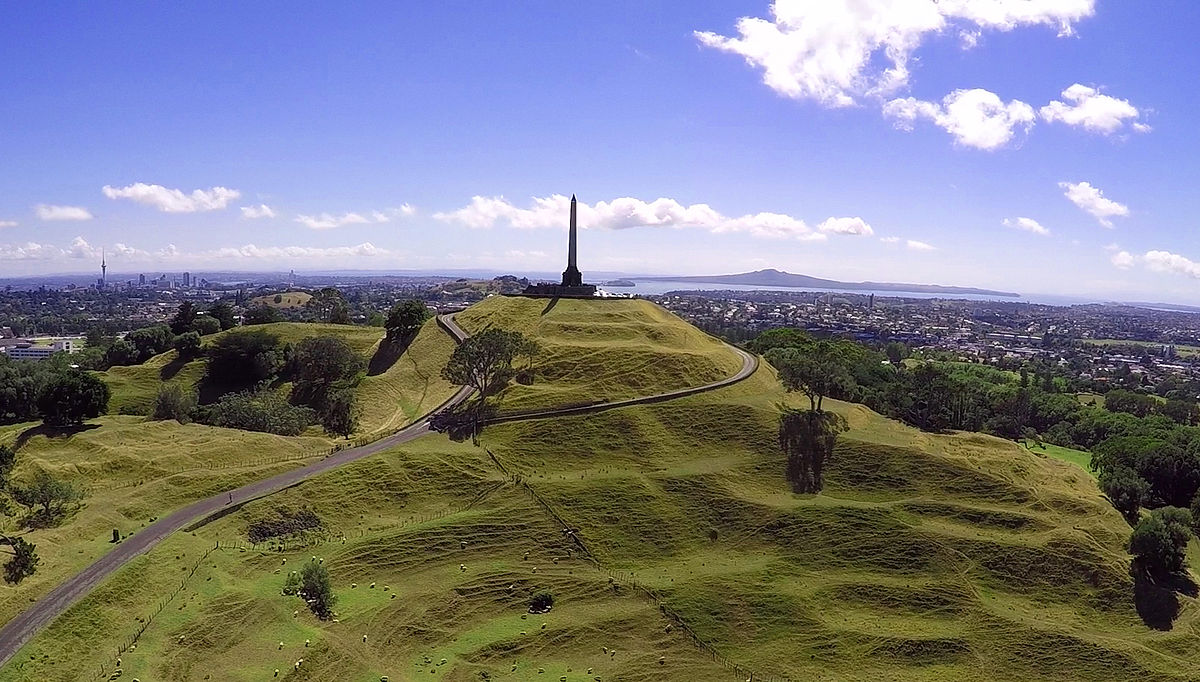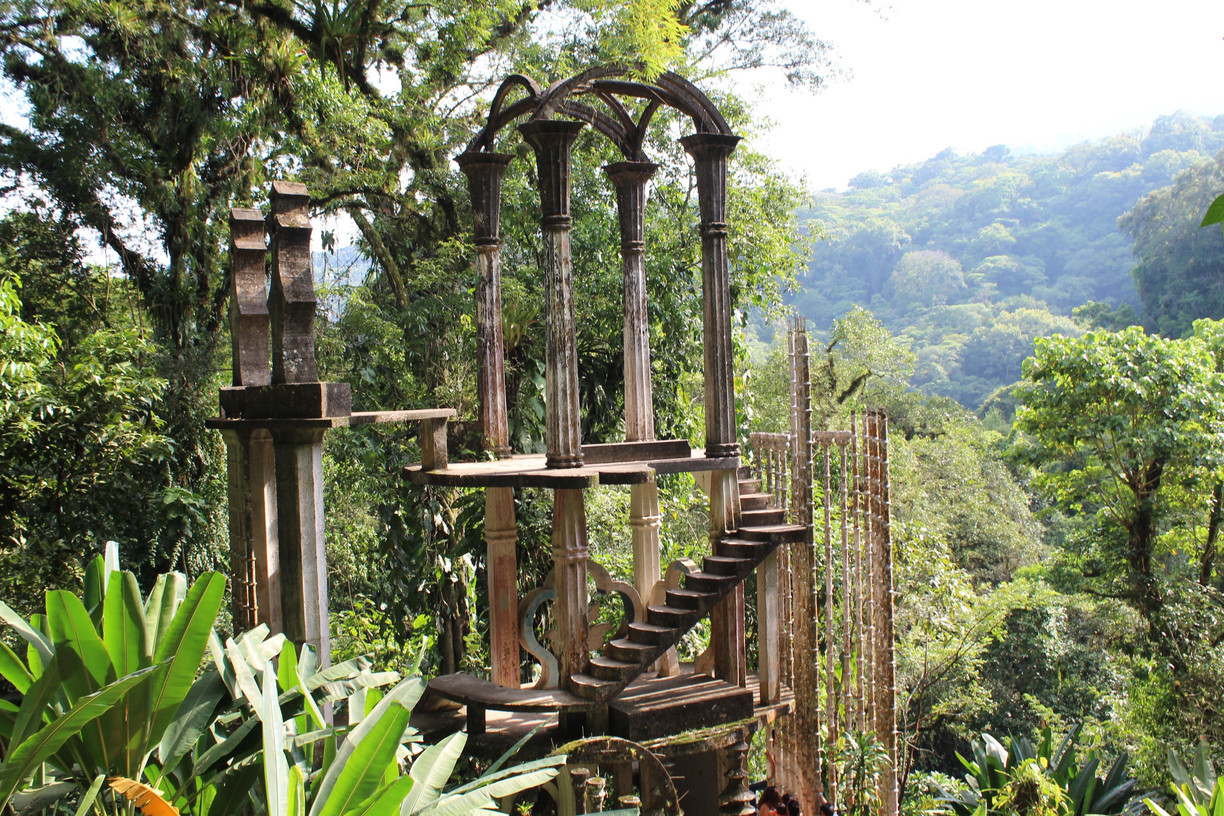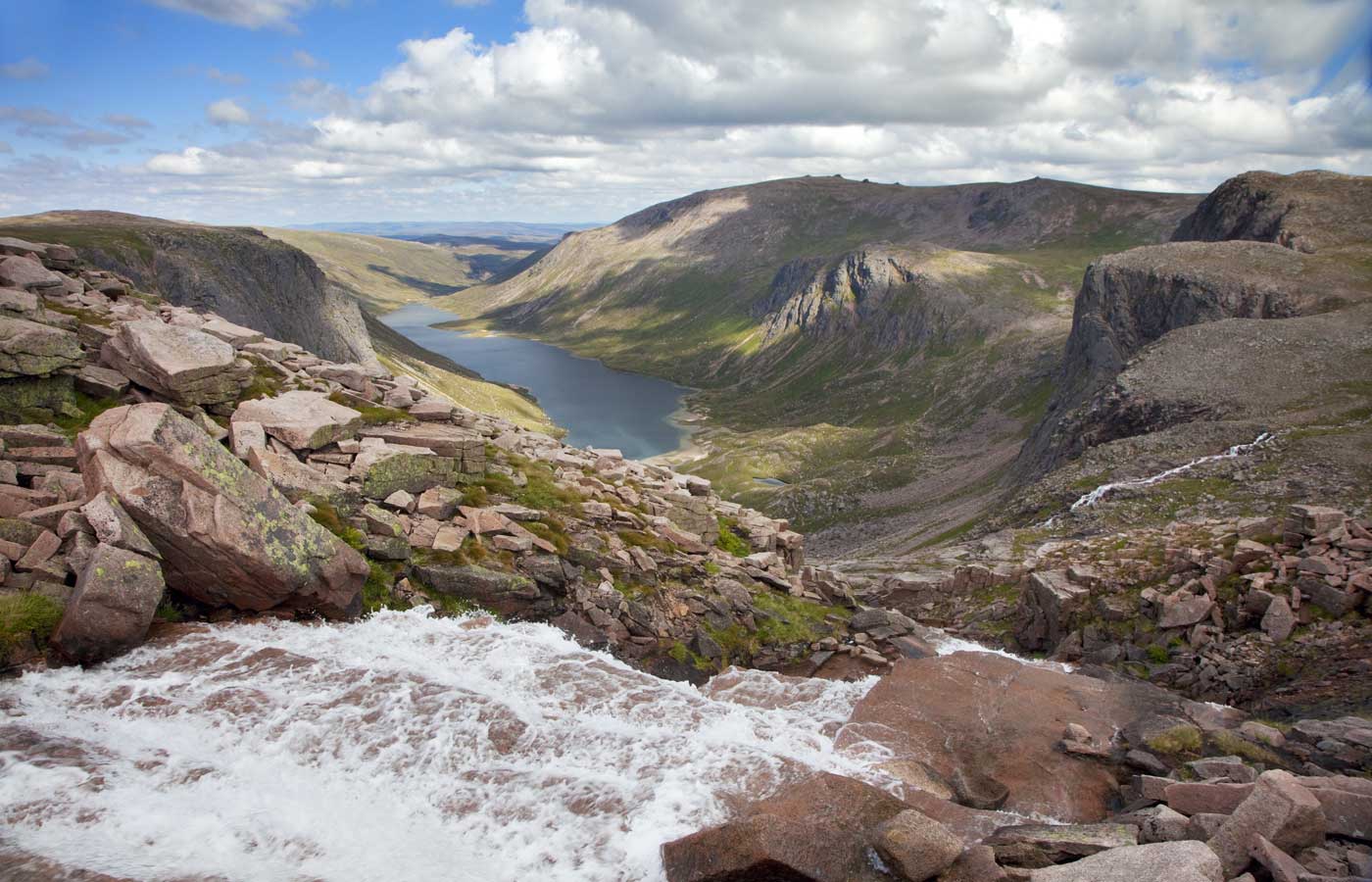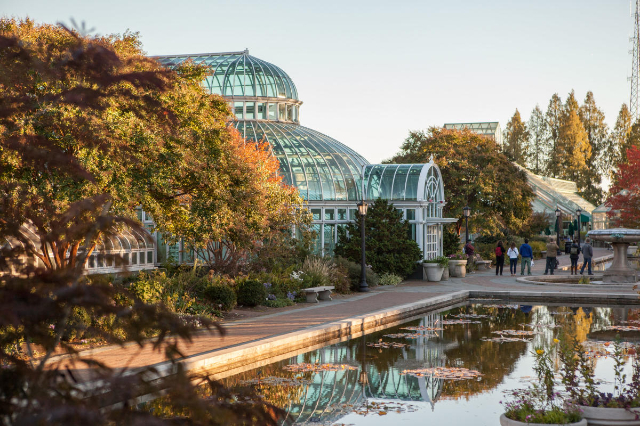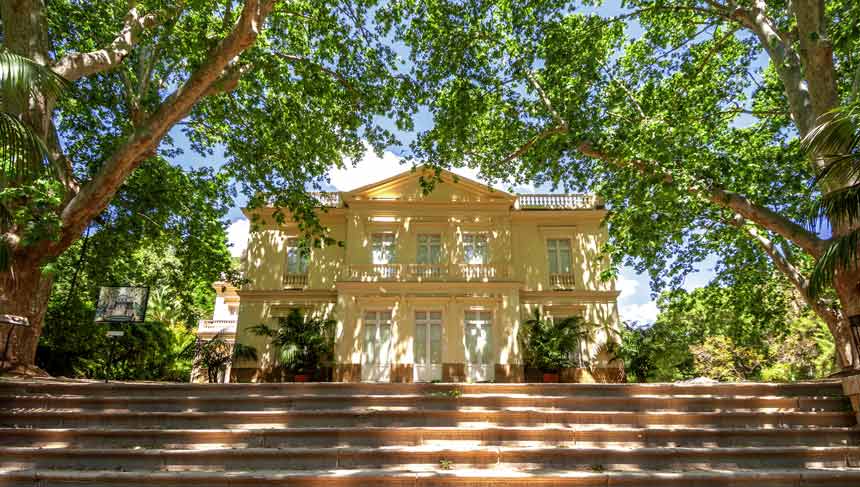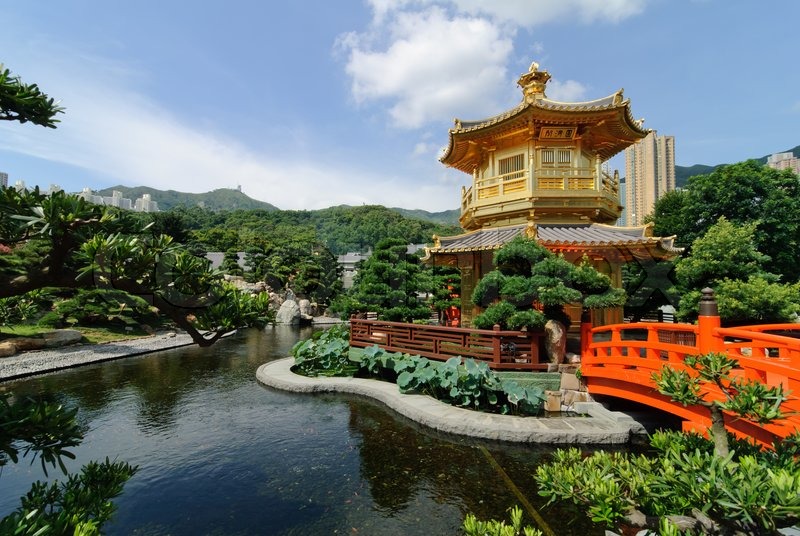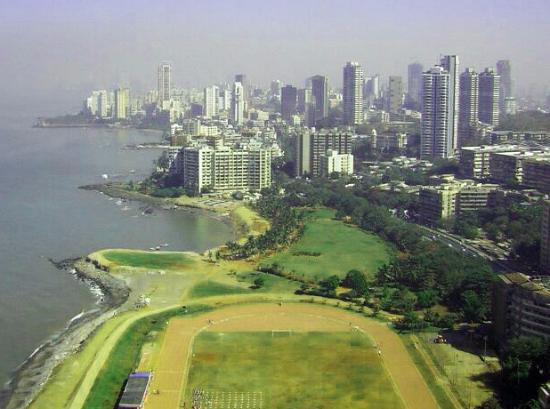The Maungakiekie/One Tree Hill is a volcanic hill of Auckland origin, about 182 meters high, which is an important place of memory for both Maori and other New Zealanders, and from its summit you can enjoy a wonderful view of the city, which allows visitors to see both ports of Auckland.
The Maungakiekie was the largest and most important Maori mountain of the pre-European era, inhabited by about 5,000 members of the various tribes, attracted by the particularly fertile soil and the fact that the hill was relatively easy to defend from other tribes, thanks to its steep walls. The Pa Maori were defeated by the Ngati Whatua-o-Kaipara invaders between 1740 and 1750, when they were defeated in a war against the Ngati Whatua-o-Kaipara invaders, only to be abandoned around 1795 AD.
Today, the area contains two parks, Cornwall Park (private but open to the public) and One Tree Hill Domain (public). Cornwall Park, designed by landscape architect Austin Forte, is based on San Francisco’s Golden Gate Park and has an area of 125 hectares, while the One Tree Hill Domain, with an area of approximately 118 hectares, is adjacent to the former.
On the top of the hill there is the tomb of Sir John Logan Campbell, the main person in charge of the park, surmounted by an obelisk, wanted by Campbell himself, which should have reminded the Maori who, as it was believed at the beginning of the century, were thought to be extinct shortly afterwards; the obelisk was designed by Richard Atkinson Abate and was completed in 1940, although the inauguration took place 8 years later.
Inside the One Tree Hill Domain, you’ll also find the Stardome Observatory, which contains two telescopes and a planetarium, while Cornwall Park can boast the Acacia Cottage, one of the first surviving wooden buildings in New Zealand, the oldest in Auckland. The name of the hill is due to the fact that when Auckland was founded as a colonial city, a single tree was located near the summit that gave the hill its English name; felled for obscure reasons in 1952 and then replanted, it was again cut down in recent years by the Maori, in protest against the New Zealand government, so that at the moment, on the top of the hill, there is only the obelisk.
